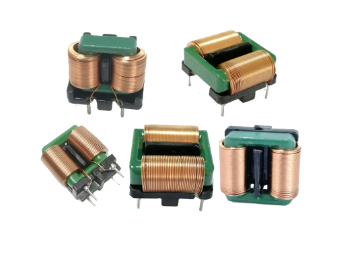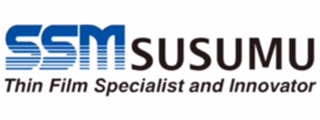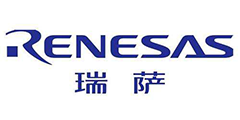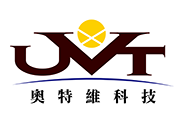共模电压
共模电压是指在电路中存在的两个信号相对于某个参考点(通常是地)的平均电位差。它是指相同时刻两个信号的电压之间的差异,即它们共同偏离了参考点的电位。
共模电压是一种衡量电路中信号之间差异的参数。当两个信号相对于参考点具有相同的偏移量和方向时,它们的电压差值就构成了共模电压。共模电压可以用来描述信号源和接收器之间的电位差异,以及信号传输过程中可能出现的干扰和噪音。
共模电压通常以直流或交流形式存在。在直流情况下,共模电压表示两个信号的静态电位差;而在交流情况下,它表示两个信号的动态电位差。共模电压的大小对于电路的稳定性和正常工作非常重要。
根据信号的特征和来源,共模电压可以分为以下几类:
1、外部共模电压
外部共模电压是指从外部信号源引入的共模干扰。这些干扰源可以是来自电源线、电磁辐射、地线回路或其他电气设备的信号。外部共模电压会影响电路的正常工作,并可能导致测量误差和系统故障。
2、内部共模电压
内部共模电压是指在电路内部由于电路设计或元件特性引起的共模电压。这种电压通常是由于不平衡的电路布局、不匹配的阻抗、共地回路或互连线的电感等原因引起的。内部共模电压对于电路的稳定性和噪声抑制能力有重要影响。
3、差动信号和共模信号
差动信号和共模信号是描述信号之间关系的概念。差动信号是指两个信号相对于参考点而言的电位差异,而共模信号则是两个信号相对于参考点的平均电位。共模电压可以看作是共模信号的电压表示。
计算共模电压需要了解相关信号的电压值和参考点。以下是一些常见的计算方法:
1、直接测量法
直接测量法是最简单的一种计算共模电压的方法。它通过使用示波器或多用途测量仪器来测量两个信号相对于参考点的电压,并计算它们之间的差异来得到共模电压。
2、模拟运算放大器法
模拟运算放大器(Op-Amp)可以方便地进行共模电压计算。通过将两个信号输入到一个差动放大器电路中,可以得到差动信号和共模信号的输出。从输出中减去差动信号,就可以得到共模电压。
3、数字处理方法
在数字信号处理中,可以使用滤波和采样技术来计算共模电压。通过滤除差动信号并只保留共模信号,然后进行采样和计算,可以得到共模电压的估计值。
在实际应用中,根据具体情况选择合适的共模电压计算方法。需要注意的是,在计算共模电压时要考虑信号源的特性、电路布局的影响以及可能存在的干扰源。此外,正确的参考点选择和合适的测量工具也是确保准确计算共模电压的重要因素。
在线留言询价

共模电压和差模电压的定义及作用
- 一周热料
- 紧缺物料秒杀
| 型号 | 品牌 | 询价 |
|---|---|---|
| RB751G-40T2R | ROHM Semiconductor | |
| BD71847AMWV-E2 | ROHM Semiconductor | |
| MC33074DR2G | onsemi | |
| TL431ACLPR | Texas Instruments | |
| CDZVT2R20B | ROHM Semiconductor |
| 型号 | 品牌 | 抢购 |
|---|---|---|
| ESR03EZPJ151 | ROHM Semiconductor | |
| STM32F429IGT6 | STMicroelectronics | |
| BP3621 | ROHM Semiconductor | |
| TPS63050YFFR | Texas Instruments | |
| BU33JA2MNVX-CTL | ROHM Semiconductor | |
| IPZ40N04S5L4R8ATMA1 | Infineon Technologies |
AMEYA360公众号二维码
识别二维码,即可关注


请输入下方图片中的验证码:






















